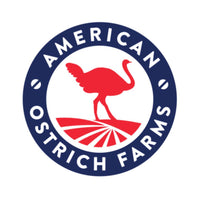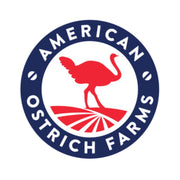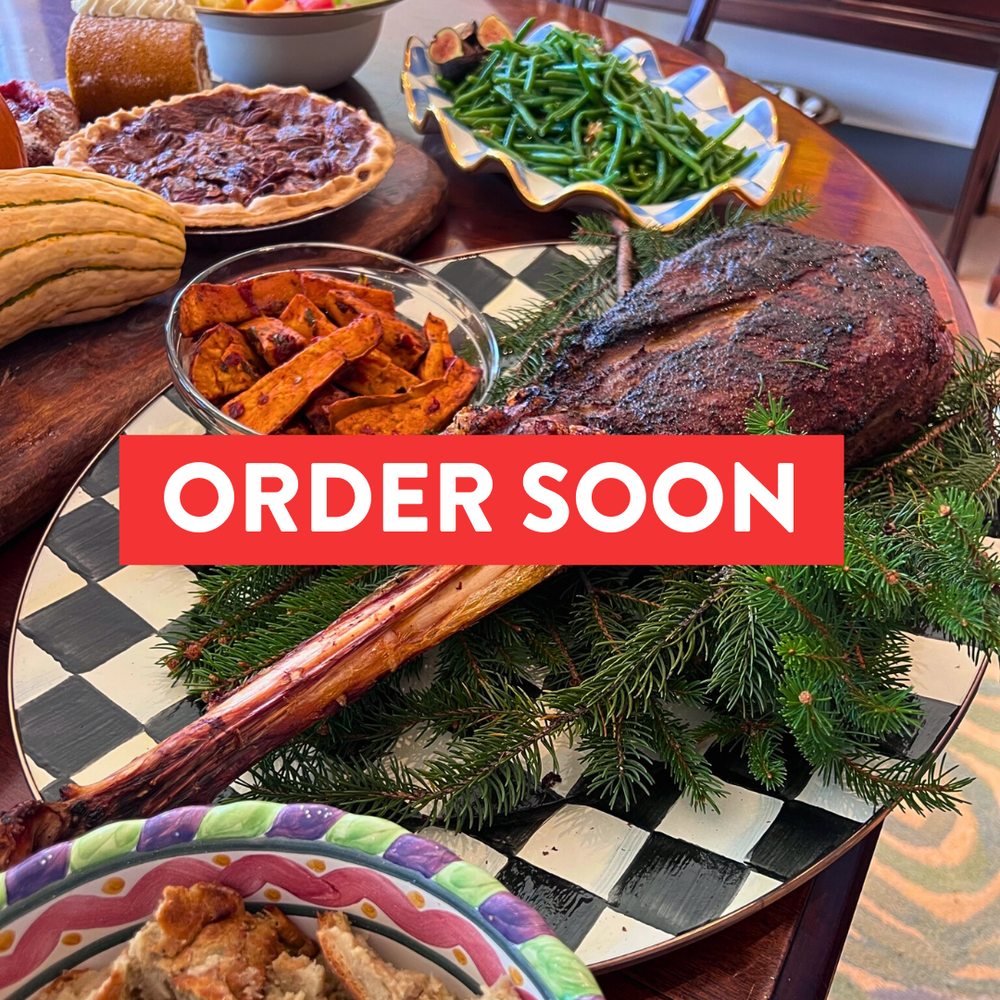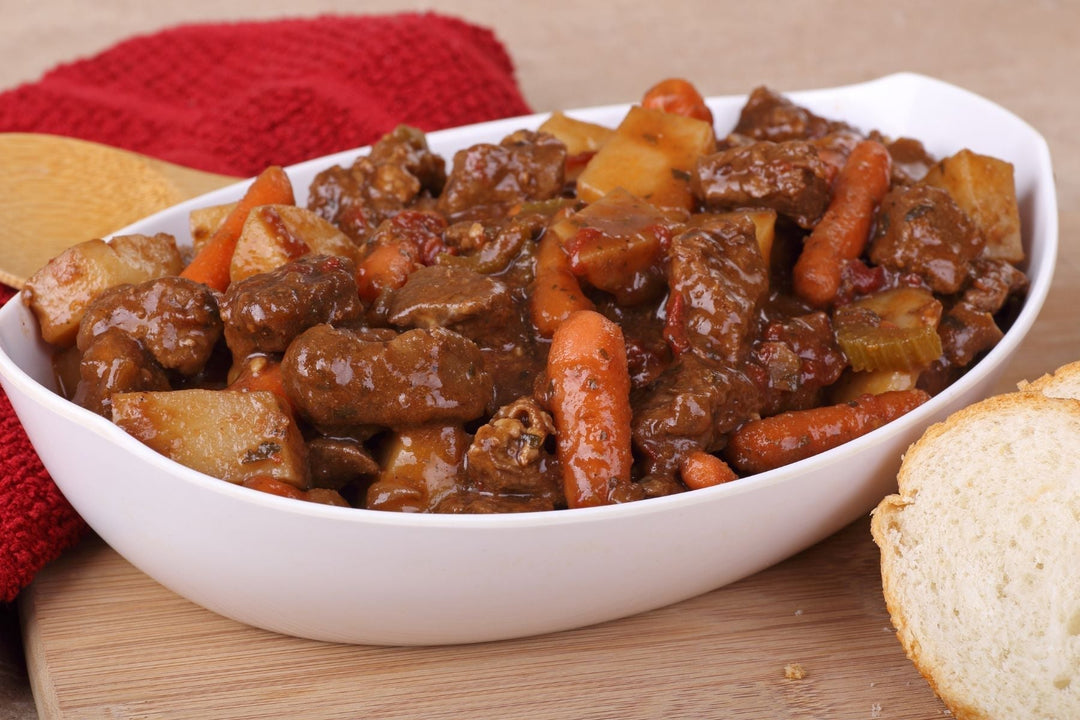The explosion of snack foods and fast foods has led to products commonly full of sugars, fats, and carbs, contributing to making American consumers obese and unhealthy, according to a study published in the Milbank Quarterly. When you take the time to learn where your food comes from and use your buying power accordingly, you can take control of your health while making environmentally responsible choices.
YOU CAN TAKE CONTROL OF YOUR HEALTH
Every person has their own unique diet they need to follow to thrive. Your personal diet choices depend on your needs, likes, dislikes, health concerns, and medical conditions, such as diabetes or high blood pressure. When you know where your food comes from and what’s in it, it can be easier to make the right choices for your health.
Learning what’s in a product before you eat it can help ensure you’re getting the right amount of fats, calories, and nutrients. Eating excess fats and processed foods can “shorten lifespan, whereas moderate caloric restriction slows the aging process and protects the body and brain,” according to a study published in the American Journal of Lifestyle Medicine.
To educate yourself on what’s in the food you’re eating, read the nutrition labels on everything before you buy. Consider portion sizes, and be sure to balance out the foods you eat to maintain a healthy diet.
BIG CORPORATIONS DON'T HAVE YOUR BEST INTERESTS IN MIND
Making a profit is the top priority for most big food corporations. As a consumer, these corporations don’t have your best interests in mind. While consumers are at the center of their business, they’re more focused on using every tactic to manufacture products inexpensively and sell as much as possible, sometimes using tactics of questionable ethics, to say nothing of the environmental impact of perpetual growth of production and consumption.
To help keep you hooked on their products and to produce them without much investment, they may add salt, sugar, fat, or other unhealthy ingredients. When you buy products, check the label for additives like:
- High-fructose corn syrup;
- BHT
- Sodium nitrate
- Partially or fully hydrogenated vegetable oil
- MSG
- Aspartame
- Food dyes.
These ingredients are your first sign that the product you’re looking at isn’t all-natural and may be loaded with fats or sugars.
KNOWING HOW THE ANIMALS ARE FED AND TREATED
When you buy meat, fish, or dairy products, the way the animal was raised and what it was fed directly affects the quality of the product. Do some research on the environment in which an animal was raised before purchasing these products. For sustainability and humanitarian reasons, it’s also important to learn how the animals were treated. How an animal is treated can actually significantly impact the overall taste and quality of the meat, and this includes how an animal is treated prior to being harvested.
Factory farming often results in cruel animal husbandry practices that, at best, provide an unhealthy environment for animals. Consumers who care about where their food comes from have no business supporting any animal protein producer that practices so-called factory farming. This is one of the many important ways consumers can vote with their purchasing power to support only those producers that guarantee their animals were provided with a good life, given healthy and natural feed, and were humanely slaughtered.
FARM-TO-TABLE
Your relationship with food is directly related to knowing where your food was raised, how it was produced, and by whom. When you know where your food comes from, you make the connection from farm to table, which gives you a better appreciation for what goes into raising livestock, growing vegetables, and producing the foods you eat.
This farm-to-table connection is often lacking in households, restaurants, and stores, especially with children. In a recent study, it was found that about 10% of five to sixteen-year-olds that were surveyed didn’t know that potatoes grow underground. When children are educated about where their food comes from, they feel more empowered to make healthy, responsible choices.
When the origin of your food informs your choices, you’re also taking a stand for your values and defining your culture. Consumers who analyze where their food comes from and who only prefer food from a responsible supply chain reinforce the importance of humanity and sustainability in their value system.
A SMALLER CARBON FOOTPRINT
What you decide to eat is the single largest contributor to your overall carbon footprint. Cattle and other ruminants evolved to eat specific foods like grass have a complex digestion system that produces enormous quantities of greenhouse gasses as a result. For example, the carbon footprint of beef is 60.0 kg CO2 equivalent per kg of meat consumed, while lamb has less than half of beef’s carbon footprint, at 24.0 kg CO2 equivalent. Another source of red meat that many people have started to discover is ostrich. Although the taste is indistinguishable from beef, by contrast, ostriches are hindgut fermenters (similar to rabbits) and are thus capable of consuming a more sustainable, diverse diet of plants and even bugs and insects. Ostrich is a much lower-impact alternative to other livestock and produce a variety of cuts of red meat and other value added, zero-carbon-footprint byproducts.
Farm-raised ostrich generates only 6.5 kg CO2 equivalent per kg of boneless meat produced (about 1/10th that of beef) due simply to their biology, making ostrich a dramatically more environmentally responsible food choice than other red meats. Ostrich meat is a perfect substitute for beef and there are countless ostrich recipes that are flavorful, healthy, and hearty.
FOOD AS A PART OF OUR ECONOMY
The food industry is a big part of the US economy and what contributes to our country’s financial health. It’s responsible for ensuring there’s food accessibility and affordability for the general public. The food industry is also responsible for much of the country’s employment and about 32 jobs are created for every $1 million in revenue that farms generate in the US, according to the Federal Reserve Bank of St. Louis.
When you choose foods that are responsibly raised and produced, you’re showing the food industry that transparency and humaneness are important. You’re also keeping your money in local and regional markets, which directly contributes to job creation and economic stability in your area.
When you know where your food comes from, you can make healthy and sustainable choices for you and your family. By questioning your food sources and making changes to what you put on your plate, you can strengthen the farm-to-table connection, reduce your carbon footprint, and support food producers that are doing the right thing. The future of American agriculture and the global food industry will be determined by the relationships consumers build with their food, and the people producing it.






